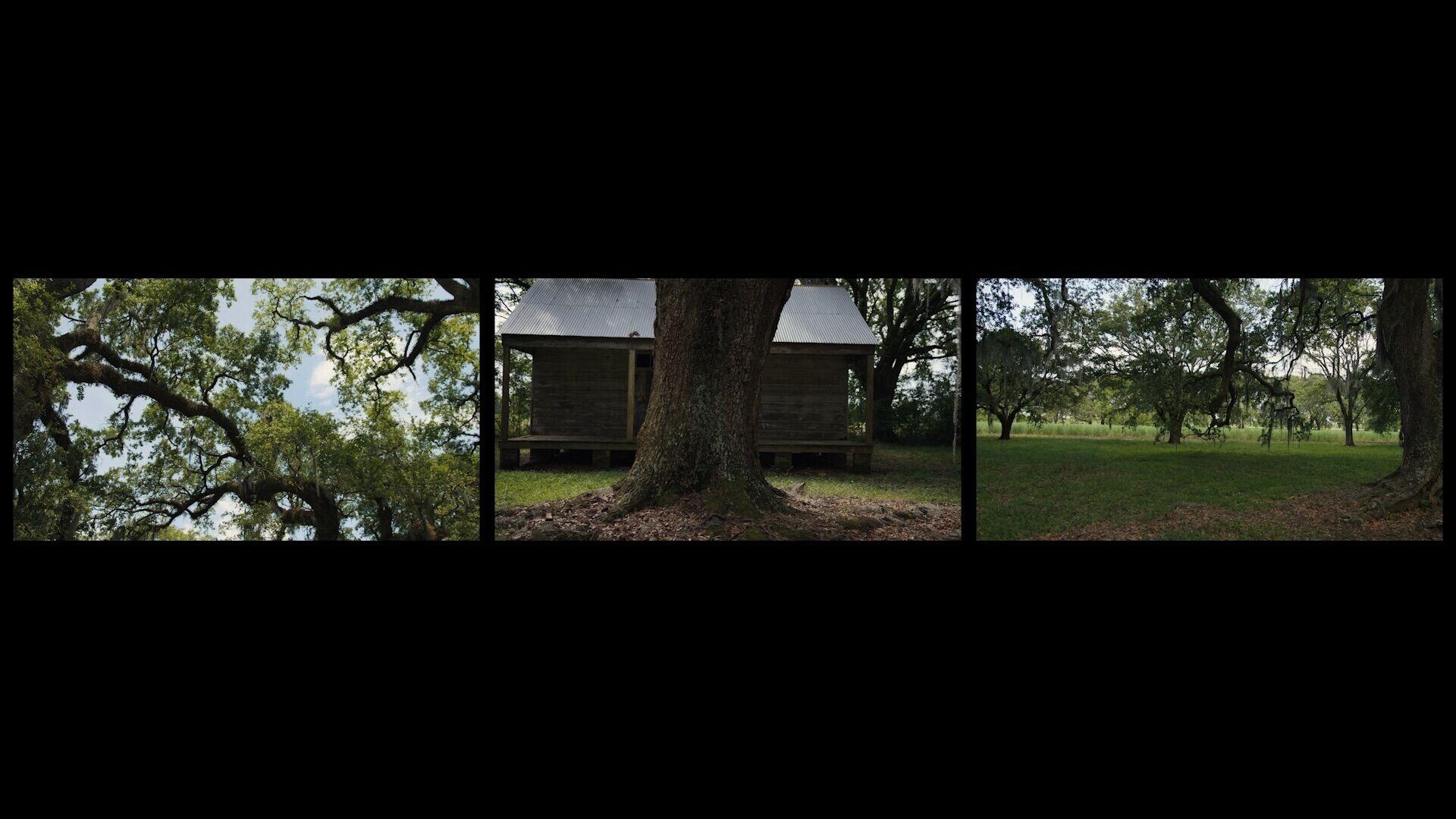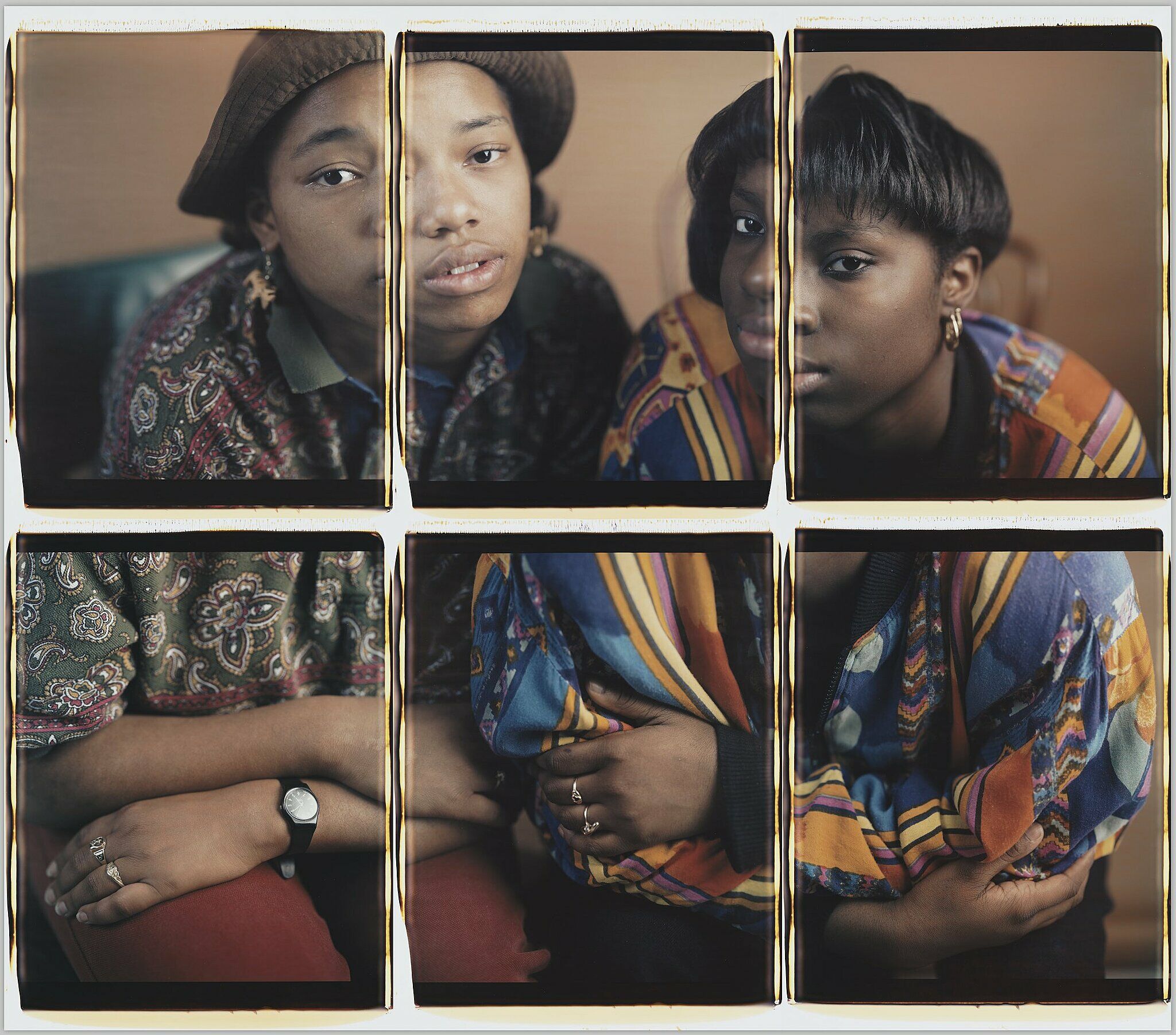Mathis Menefee and Cassandra Griffin
Apr 14, 2021
0:00
Mathis Menefee and Cassandra Griffin
0:00
Narrator: These portraits are part of a series titled “The Birmingham Project.” They refer to the racially motivated bombing of a Birmingham church in 1963. Four young girls died in the church, and two boys were shot later that day. The events marked a turning point in the Civil Rights movement.
Dawoud Bey: So I started with this idea of history, trying to figure out how to engage with and visualize something that happened almost fifty years ago. How do you in some kind of way, through one’s work, collapse the past and the present?
Narrator: Bey photographed African American children in Birmingham who were the ages of those who were killed on that day. He juxtaposed these images with portraits of adults, also from Birmingham, who were the ages that the children would have been if they had lived.
Dawoud Bey: It was a deeply moving and sometimes difficult experience making the work, because each time for example a young girl would come in to be photographed, my heart would catch. Because you look at this little eleven-year-old girl and imagine her going to church on a Sunday morning and being killed in a blast of dynamite. And my heart would catch, because for me they could have been, and at that moment they were, in fact, the girls who were in that church.
That was the very same moment in which Trayvon Martin was killed in Florida. So it was very clear that this work was not just about a set of historical circumstances but had very real implications for the present moment as well. And obviously we just heard a few days ago about a police officer shooting a Black man in the back seven times.
Narrator: When Bey reflected on this series last summer, it was four days after police officer Rusten Sheskey shot Jacob Blake in Kenosha, Wisconsin, on August 23rd. Thinking back to 1963, Bey continued.
Dawoud Bey: Johnny Robinson, one of the boys who was killed that Sunday, was shot in the back by a police officer who thought he saw him throwing rocks at a car. And he called out to him and he walked away. And he picked his gun up and shot him in the back. These narratives continue to play out. It’s not just about 1963.
In Dawoud Bey.


